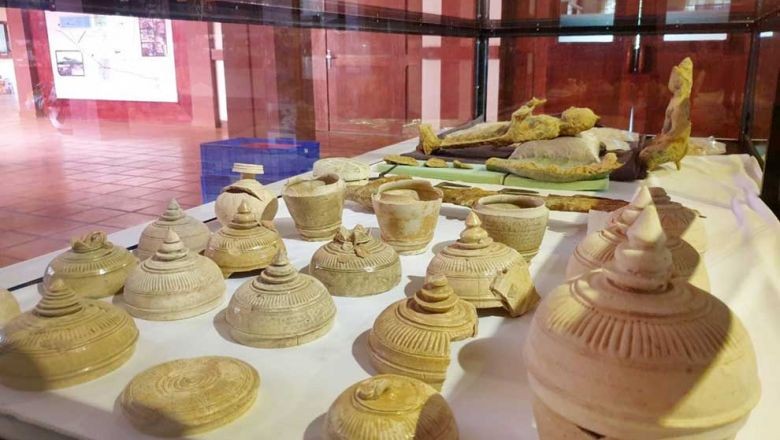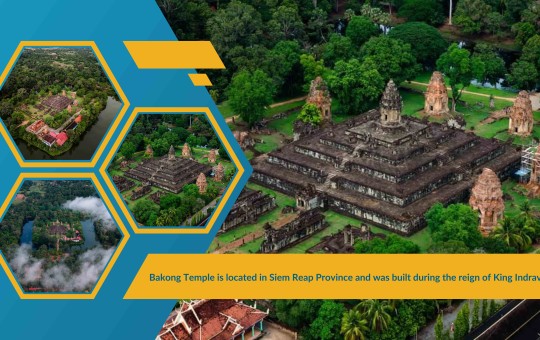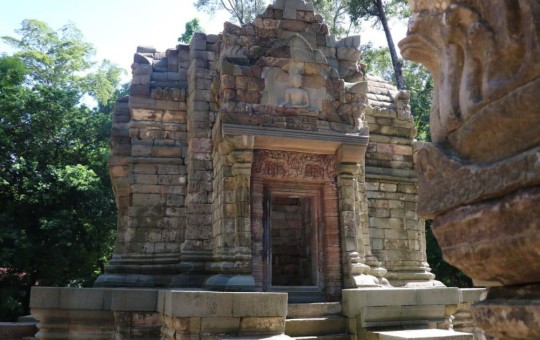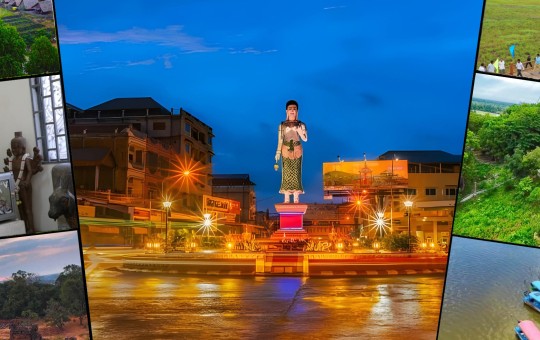
Siem Reap museum showcases latest cultural finds in temp exhibition
The Preah Norodom Sihanouk-Angkor Museum is hosting a ten-day temporary exhibition from May 18 to 28 to showcase several newly discovered artefacts from the Angkor Archaeological Park and Phnom Kulen.
According to a social media statement from the Apsara National Authority (ANA), the exhibition features a number of artefacts that were discovered during research excavations at the Angkor Archaeological Park, as well as ceramics originating from the ancient pottery kilns in the Phnom Kulen area. The collection is divided into three categories: clay, metal and crystal, or quartz.
The museum believes the exhibition will provide up-to-date information on the progress and advances in the field of archaeological research and excavation to the public. Visitors will find out more about the maintenance and repair of antiquities that are discovered during excavation work.
ANA spokesman Long Kosal said that the exhibition will present to the public several artefacts that were lost by time, by circumstances, and by the changing situation in Cambodia in the past.
“Many younger Cambodians believe that such items are lost and will never be seen again. Our ancestors left us more gifts than just the temples. We just need to conduct research and rediscover them,” he added.
He said that the pieces represented a fraction of what was likely to be buried throughout the kingdom, so painstaking excavation work would continue, and not just at the archaeological park.
“We want the public to understand that there may be many more culturally significant discoveries to be made, so they should be careful to avoid disturbing the ground where such items may be buried. Our specialist teams need to carefully retrieve them, for the future benefit of all,” he explained.
He added that the exhibition would also serve as a cultural awakening and reminder of the impressive heritage bequeathed to the Cambodian people by their ancestors, the ancient Khmer.
He implored people to visit the exhibition and discover their cultural heritage for themselves. He also pointed out that ANA specialists would be on hand to discuss their work.




